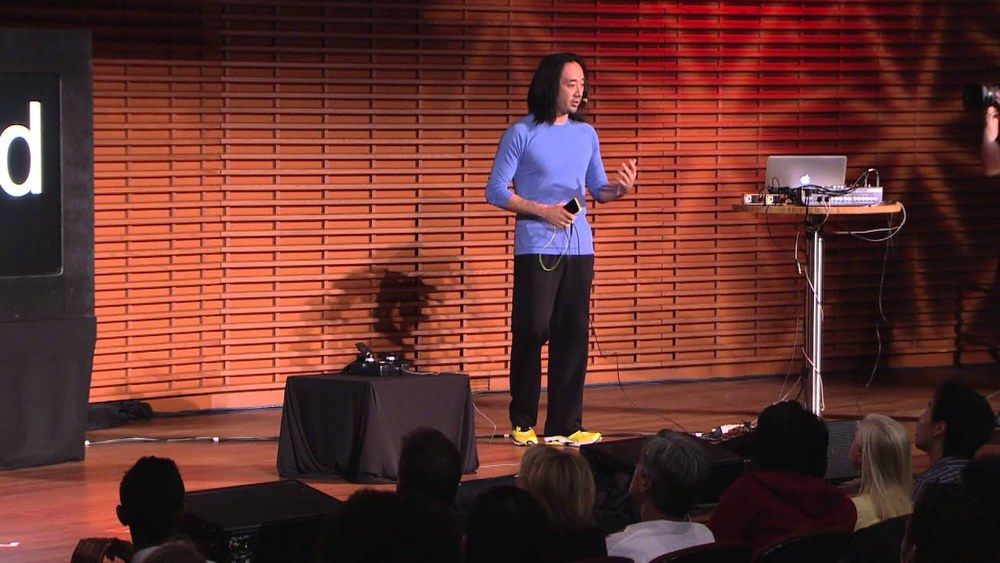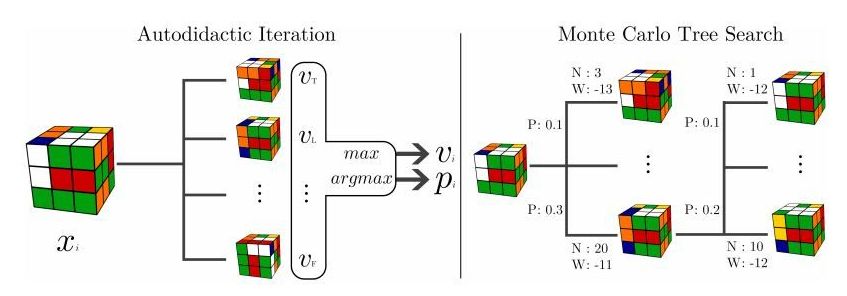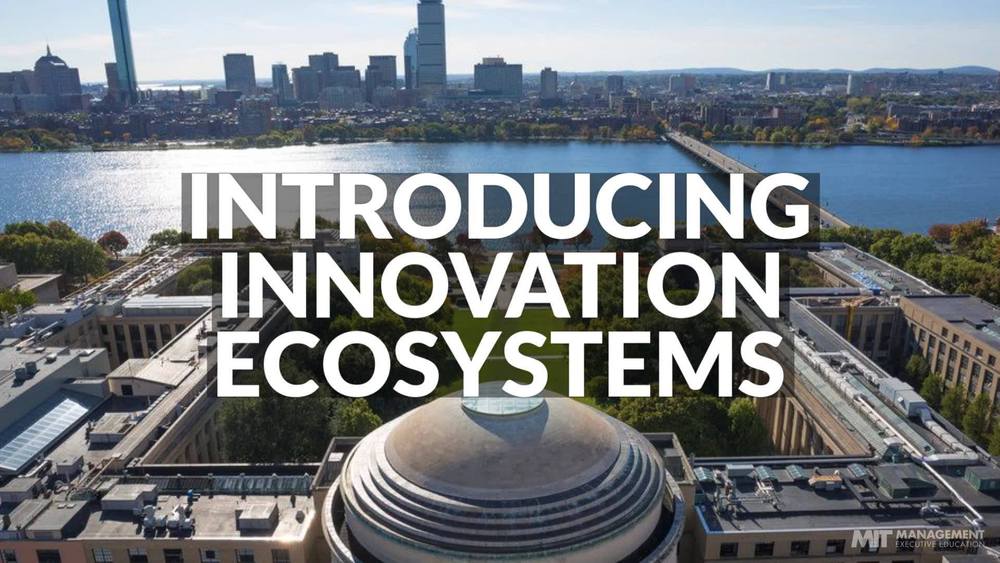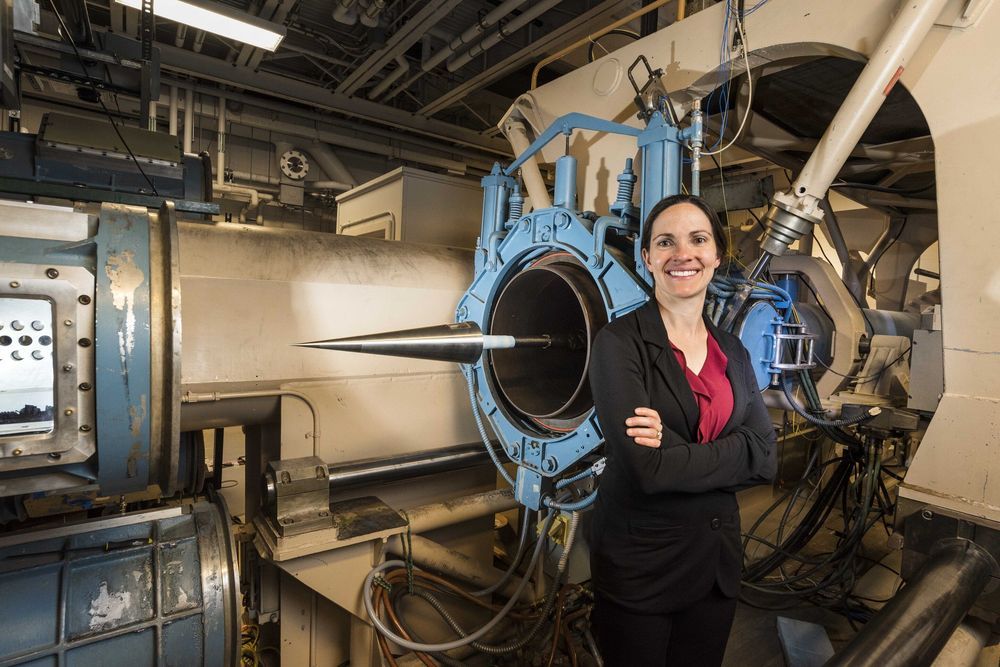
Neurodegenerative diseases like multiple sclerosis (MS) affect millions of people worldwide and occur when parts of the nervous system lose function over time. Researchers at the University of Maryland School of Medicine (UMSOM) have discovered that a type of skin-related stem cell could be used to help regenerate myelin sheaths, a vital part of the nervous system linked to neurodegenerative disorders.
The discovery into these types of stem cells is significant because they could offer a simpler and less invasive alternative to using embryonic stem cells. This early stage research showed that by using these skin-related stem cells, researchers were able to restore myelin sheath formation in mice.
“This research enhances the possibility of identifying human skin stem cells that can be isolated, expanded, and used therapeutically. In the future, we plan to continue our research in this area by determining whether these cells can enhance functional recovery from neuronal injury,” said Thomas J. Hornyak, MD, PhD, Associate Professor and Chairman of the Department of Dermatology, and Principal Investigator in this research. “In the future, we plan to continue our research in this area by determining whether these cells can enhance functional recovery from neuronal injury.”
Continue reading “Skin-derived Stem Cell has Potential to Regenerate Myelin Sheath” »


















